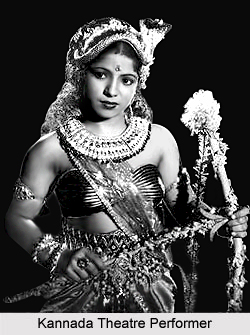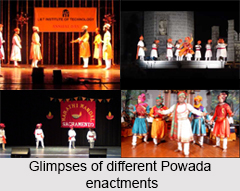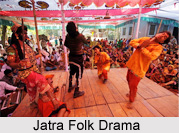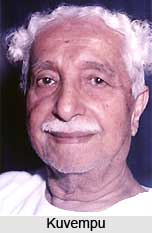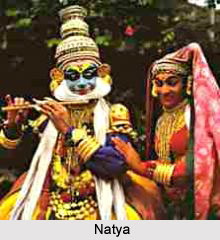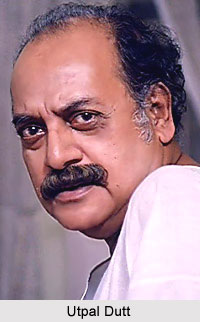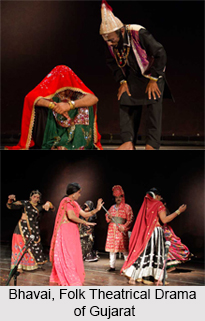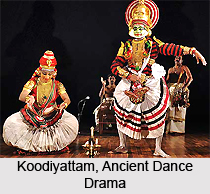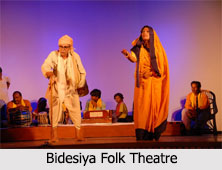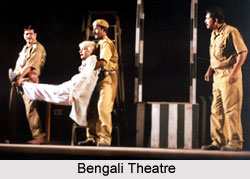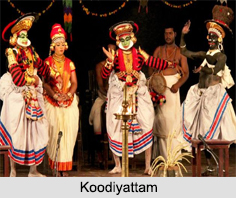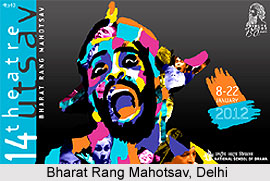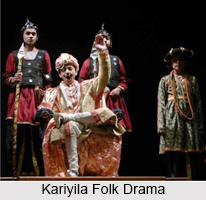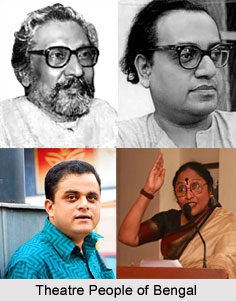Narayan Prasad Betab was one of the most influential playwrights born in the year of 1872. In later days he became a movie scenarist. He was born into a poor family of halwais i.e. sweetmeat sellers in Aurangabad, Bulandshahr district, Uttar Pradesh. He got job at a press in Delhi that printed playbills for theatre companies. The story goes that Betab corrected a couplet in one of these advertisements, the author initially objected, but later admitted the superiority of the revision. Betab then began scripting plays. At the height of his career in the 1920s, he earned a monthly salary of Rs 500 as resident dramatist for the Alfred Company then rose to Rs 750 by Madan Theatres, Calcutta. He epitomized late-nineteenth-century attempts to differentiate Hindi theatre from Urdu, establishing Hindi as a practicable dramatic language.
Interestingly, the realist consideration of making myths more authentic for viewers, Lord Rama, Sita, Arjun, Yudhishthir could not speak Urdu language or Farsi. This made him turn to Hindi in the first place. Yet he insisted in the preface to his most famous play, Mahabharata (1913), that he used `neither pure Urdu, nor chaste Hindi, the language is mixed. ` Myths express, enhance, and codify beliefs taken as safeguards for specific cultures. They enforce morality and contain practical rules of conduct for individuals. As Betab was interested in recuperating a sort of classicism into Parsi theatre, he turned to the corpus of Hindu myths to produce works of enduring cultural relevance and value in which clarity, vigour, and idealism inhered. Sometimes honouring previous texts, sometimes simplifying them, but always showing his knowledge of them, he put in place the vocabulary, both formal and linguistic, of the mythological drama, which later became one of the most successful Parsi genres, next to romance and social drama.
Mahabharata, written for the Alfred Company, set that course. He devised a contemporary mythological genre, with great affinities to Victorian melodrama, by plotting a series of climactic moments that included many reversals of fate and spectacular elements depicted onstage such as floods, earthquakes, divine administrations, horse chases, battles, and scripting conflicts between a virtuous protagonist and an evil villain. In such case the hero overcame a series of seemingly insurmountable difficulties before triumphing, within the technologies captivating audiences at that time. These uncomplicated plots, clearly defined characters, strong emotional effects, and moral idiom were put to allegorical uses. Addressing nationalist issues of identity based on notions of common descent, language, and religion, Betab sought to write the social, economic, and cultural aspirations of a people. Although Radheshyam Kathavachak later firmed up the grammar of the mythological, Betab`s creations determined many subsequent patriotic and reformist agendas on the Parsi stage and in film.
Of his twenty-six plays, the best known are the mythological Mahabharata, Ramayana in the year 1915, Krishna Sudama i.e. `Lord Krishna and Sudama` in 1920, Patni pratap i.e. `Wife`s Splendour` in 1919 or Sati Anasuya in the year 1926, Kuniari Kinnari `Kinnari Girl`, a response to Katherine Mayo`s Mother India, and performed at the Congress Session in Calcutta in 1928, and another celebrated social drama, Hamari bhul `Out Mistake` in 1937, featuring Akhtari Faizabadi, later famous as Begum Akhtar, the singer. Like many of his peers, Betab adapted Shakespeare in Urdu. Comedy of Errors became Gorakhdhanda i.e. `Labyrinth` in 1909. He turned his quasi-historical drama Zahrisap i.e. `Poisonous Snake` in 1906 into a movie scenario in 1933, and scripted mythological and social Hindi screenplays for Chandulal Shah. Namely Devi Devayani in 1931, Radha Rani in 1932, Barrister`s Wife in 1935, Kimti ansu i.e. `Precious Tears` in 1935, Prabhu ka pyara i.e. God`s Beloved in 1936. He set up the Atharva Brahmsabha in Delhi to fight for the rights of Brahmabhatta Brahmans, published the journal Utthan and composed several popular bhajans for the Arya Samaj, many of them sung as school prayers.
Narayan Prasad Betab died in the year 1945.







